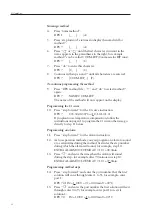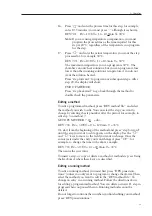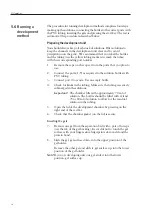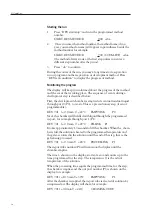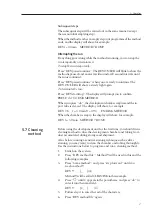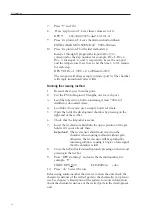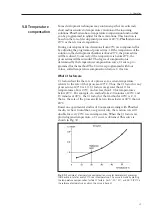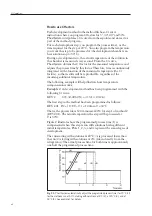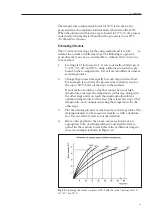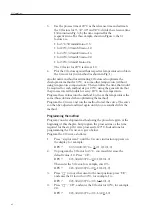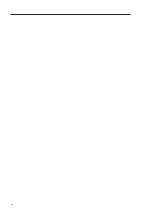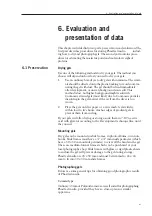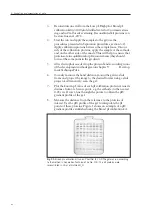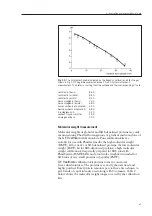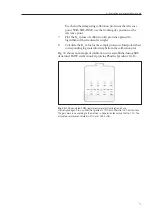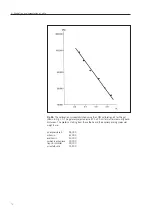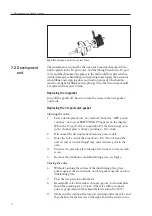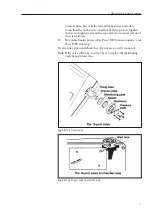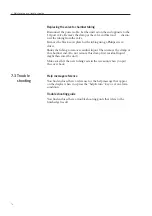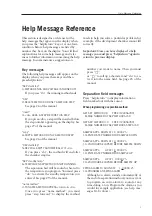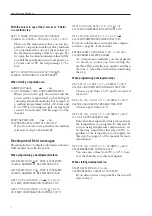
66
Light source
We recommend using a light box with a daylight fluorescent and/or a
UV light source. The top of the box should be opaque white plastic or
glass. For color photography, light boxes should be color balanced to
5.800°K (daylight), with adjustable light intensity.
Light metering can be difficult with light boxes as the background.
Generally, the aperture must be two to three f-stops higher than the
light meter indicates (depending on the meter type). Thick black paper
can be placed around the gel on the light box to eliminate excess back
lighting.
Positioning gels on the light box
Wet gels photograph better than dry ones. Dry gels can be soaked in 7-
10% acetic acid until they rehydrate. Small particles and fibers can be
removed from the gel surface with a soaked cotton swab. Gently run
the swab across the gel. For light boxes with a fluorescent light source,
position the gels as follows:
Place the gel in a transparent glass petri dish and cover the gel with 1
to 2 mm of 7-10% acetic acid. Remove any air bubbles by sliding the
gel around. Set the dish on the light box. Alternatively, position the
gels as you would position them on the separation bed.
For light boxes with a UV light source, the gels must be positioned
gel-side down onto the light box because the gel backing absorbs the
UV light. The emitted light from the protein bands will pass through
the gel backing.
Film
For fluorescent illumination, we recommend positive negative
Polaroid #665 film, with ASA 75 or a similar film. The negative from
this film will produce better prints than the positive. So when your
are satisfied with the results from the positive, have the negative
developed for the final print (for example, if you plan to publish your
results). The shutter speed is slow for this film, so your camera should
be mounted on a tripod or stand. For 35 mm cameras, a fine-grain
Panchromatic film works well. This film is sensitive to red, thus blue
and dark bands become more pronounced.
For UV illumination we recommend Polaroid #667 film with ASA
3000, or a similar film.
Filters for black and white
Lens filters give increased band contrast and good color balance. With
UV illumination, filters are necessary. A list of filters that you may
want to try when photographing gels is given below:
6. Evaluation and presentation of data
Содержание PhastSystem
Страница 1: ...Phast System user manual automated electrophoresis um 80 1320 15 Edition AI ...
Страница 2: ......
Страница 8: ...8 ...
Страница 30: ...30 ...
Страница 34: ...34 ...
Страница 64: ...64 ...
Страница 96: ...12 ...
Страница 104: ......
Страница 105: ......
Страница 106: ...PRINTED IN SWEDEN BY TK I UPPSALA AB 2003 ...

